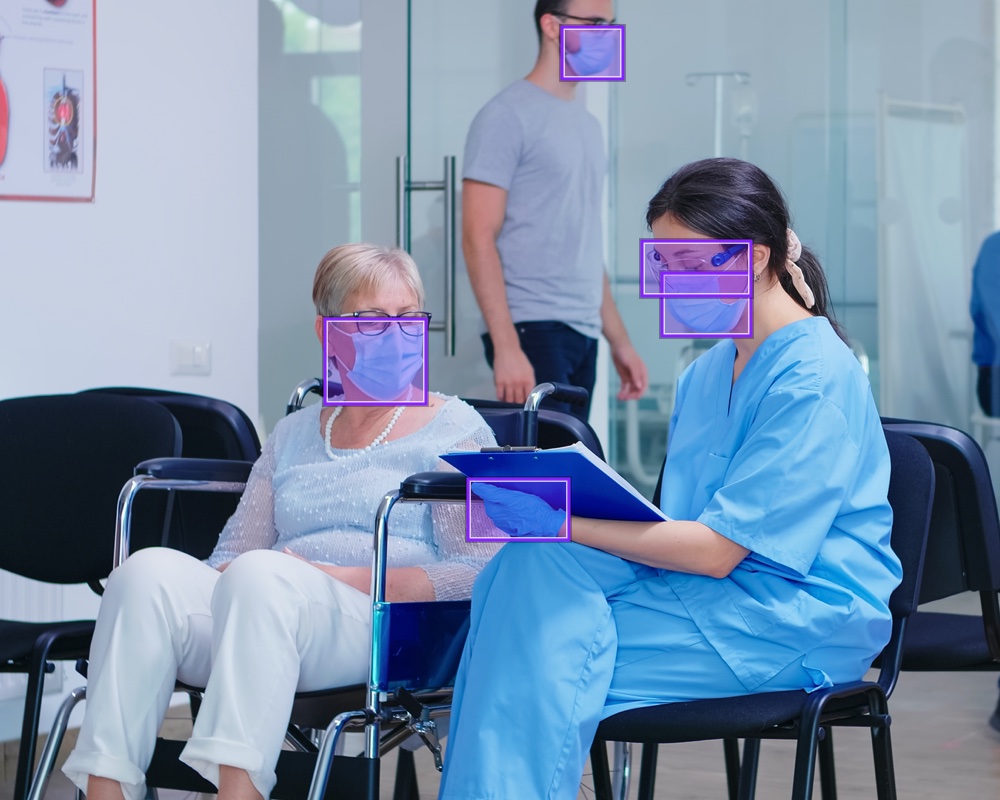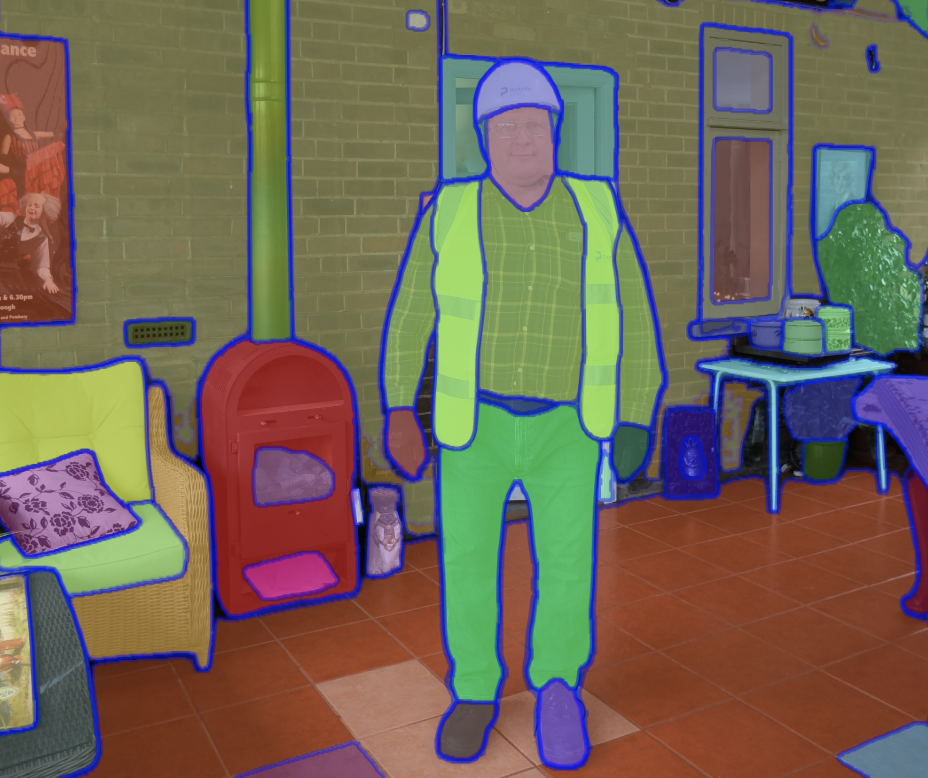Computer vision is used in medical imaging, such as X-rays, MRIs, and CT scans, for diagnosis and treatment planning. It can assist in detecting anomalies, tumors, and other medical conditions. It can also be used to detect personal protective equipment compliance across hospital floors.
X-ray Analysis – Computer vision is applied in X-ray imaging, research, treatment, X-ray reconstruction, and surgery planning. It automates the process and streamlines it to make it more effective, accurate, and less time-consuming. Computer vision can pick up tiny patterns in x-ray images too subtle for the human eye, with the help of innovative pattern algorithms.
CT & MRI – Now computer vision has become the key to improving patient outcomes. It does all from designing AI systems to analyzing radiology images (with the same level of accuracy as human detectors show but by reducing disease detection time), deep learning algorithms that razor-sharp the resolution of MRI images, and much more. It helps doctors to detect tumors, internal bleeding, clots, clogged vessels, and other life-threatening conditions with attention to detail.
Cancer Detection – Computer vision allows doctors to quickly detect anomalies with its image recognition power that compares cancerous and non-cancerous cell images. Automotive detection helps in fast diagnosis using data from MRI scans. This technique is widely applied in breast and skin cancer detection.




